Kalochortus is one of the most popular plants for arrangement of landscape design of the preservation area. It is successfully used for the design of alpine slides, tracks, ornamental borders. Unfortunately, in our region, this plant is not too known to a wide circle of flower water, however, to create an interesting garden you should know about it. How to grow a calorhortus on your household plot, let's tell further.
Kalochortus: Description
The distinctive characteristics of this culture are as follows:
- This plant is a grassy bulbous perennial with pretty beautiful colors.
- All types of calorhorts have straight branched stems whose height varies from 10 to 80 cm. The length of the stems of some varieties can reach 2 m.
- The lower outlet of the culture is assembled from lancing or shortline leaves, and the fasten leaves grow alternately.
- Calochortus is growing from the scaly bulb, the bottom of which are replaced filamentous roots. They grow annually during the growing season of the plant.
- At the upper ends of the stems are single, or collected in half-blooded inflorescences, flowers. The perianth is somewhat (usually up to 6) free leaves that are collected together in the form of a bell or star.
- Unlike other lily plants, Kalochortus has various petals and sewers. The first to have a wedge-shaped shape and from the inside are covered with small villis. At the base of petals there is a nectar fossa. Pailed hairs with nectar bags are often used to identify various plant species.
- The overwhelming number of plant species have three cups. As a rule, they have an oval (ovoid), a narrow or petal form. The color of the sewers of this culture is green with small spots at the base.
- The fruit of the plant is a box that has three faces or wings. When ripening, the box is revealed along the seams from which the seeds get out.
Calohatus in landscape design
Since most types of Kalochorts in the natural habitat grow on high mountain meadows, they will become an excellent decoration of the Alpine slides. For this use low-spirited drought-resistant species and varieties of plants.
Also beautiful inflorescences can take a worthy place on the central flower bed. We successfully use the varieties of this plant for curb landing. Thanks to a large number of different colors and shades, you can achieve an unforgettable picture in the garden.
The advantage of this plant is that it can grow in one place for several years and each spring to delight with its beautiful bloom.
Types of Kalochortus
In nature, more than seventy various types of Kalochorts are known. As studies have shown, they differ depending on the area of \u200b\u200btheir habitat, which causes the distinctive features of each species.
That is why all types of calorotus can be divided into several basic groups:
- MARIPOSA LILIES. These are high plants with large flowers that look up or aside. Most varieties have bright stains. Basically, the plants of this species grow on dry meadows, semi-deserts and thickets of barbed shrubs. MARIPOSA LILIES Calochorts are successfully grown in the climatic conditions of the middle strip and are the most popular among flower water.
- Star Tulіps and Cat's Ears. These varieties are most common on the territory of wet meadows. They are somewhat less than the representatives of the previous species, however, their petals are more submitted than in plants of another variety.
- FAIIRY LANTERNS (or GLOBE TULIPS). In the wild, they are found in oak groves. Flower plants of this variety by drooping rounded inflorescences.
- The MARIPOSA LILIES group is the most numerous group. That is why her some varieties deserve separate attention.
- Kalochortus is beautiful. Basically meets on sandy soils of meadows and forests of California in highlands at an altitude of up to 2500 m above sea level. The height of the plant's stem does not exceed 60 cm. The stroke leaves are practically absent, and the surface grow up to 20 cm long and have predominantly dark green color. Beautiful Calochorts flowers predominantly inflorescences that are collected from 6 bell-shaped colors. The latter have a wide range of colors, often with a complex pattern.
- Kalochortus Vesta. This type of plant is so similar to the previous one, therefore, in some literature, it is considered a friend of Kalochorts beautiful. It is low plants with a height of up to 50 cm. Flowers Kalochortus Vesta inflorescences from white to a purple shade. In the wild, this plant is found primarily in the forests of California.
- Kalochortus bright yellow. This is a low look of Kalochorts. Its height rarely reaches more than 30 cm. Bright dark yellow flowers are garple and pollinated by insects. A distinctive feature of this type of plant is a red-brown spot in diameter and rare hairs inside.
- Kalochortus is excellent. This species is one of the most popular among flower water. Although his homeland is North America, it is cultivated by almost all over the world. The height of the plant of the plant reaches 60 cm. At its end there are single flowers or small inflorescences, assembled from 3 flowers. A distinctive feature of this species is the form of a nekar, which is an oval or sickle.
- Kennedy Kalochortus. Representative of the southern US states, as well as the northern part of Mexico. A low plant is characterized by very beautiful flowers, which are collected in small inflorescences of 2-6 pieces. Flower petals are size up to 5 cm. Basic colors - yellow, red or orange. This type of Calochorts received its name in honor of William Kennedy breeder.
- Kalochortus Gannison. Representative of the mountainous regions of the Western United States. It features medium height (up to 60 cm) and a large palette of colors: from white to violet with purple spots.
Kalochortus: landing and care in open soil
Selection of a landing site for Kalochorts
In the cultivation and care, almost all types of calorhorts are unpretentious, therefore, no special efforts are required for its cultivation.
Rules for choosing a plot for planting culture:
- When choosing a plant for planting a plant, you should prefer a well-lit pad, covered from strong wind gusts. Although the plant loves well-lit plots, a light shadow practically does not affect its development and flowering.
- This culture loves fertile low acidic soil with sand impurities. It does not accumulate water that these plants are not very loved. For landing, you can mix in equal parts fertile loam, humid and sand.
Reproduction and landing of calorhortus into the ground
The reproduction of Kalochorts, like many bulbous plants, is carried out with bulbies. For this, after the end of flowering, the bulbs gently dig out of the ground, inspect and separate children from them. The resulting planting material is well dried and stored before the start of planting in a dry, dark place at a temperature of no more than + 20 ° C.
The landing of Kalochorts is carried out in early October. This is the most optimal period for disembarking bulbs in the ground. The declining temperature will not give the bulbs of the proportion until winter, but at the same time it will have time to form a full-fledged root system. This will ensure previously stable bloom in the spring.
Plant landing order:
- Before the start of the planting of the bulbs, it is desirable to treat a weak (pink) solution of manganese. This measure is used to prevent the appearance of fungal diseases.
- To land the bulbs are made grooves depth to 2 diameters of the planting material.
- On the bottom of the grooves the sand is stacked, which will ensure normal drainage.
- The distance between the landing material should be at least 10 cm. In this case, the plants will be sufficient nutrients to ensure growth.
Only breeders grow from seeds of Calochorts. At home, this is too troublesome, so gardeners resort to this method very rarely. Seeding grown from seeds begins to bloom only for 4 years of life, which is not satisfied with everyone. Yes, and the result may be far from expectations.
Care for Kalochorts
- Kalochorts are very well tolerated drought, so they do not require constant irrigation. Winter bulbs in the ground without any problems. In the middle strip to protect them from long frosts, the landing is better to cover with a film or leaves of the lapse.
- The plant's care is in timely watering and the fight against weeds. Fucking plants can be carried out only during flowering. Early autumn do not do it. Spring feeding can cause too violent growth of leaves, which will be damaged to flowering.
- During the period of tranquility, it is recommended to carry out a plant bulbs for their visual inspection. At this time, there is a rejection of damaged bulbs, as well as pre-treatment before planting.
Calochortus diseases and pests
Like all the bulbous plants, Kalochortus does not like an excessive moisture. Its stagnation can cause the appearance of bacterial and fungal diseases such as: gray rot, malievable dew, etc. Their appearance can be identified by the presence of specific necrosis on the leaves and the stalks of the plant. Infected plants should be removed from the flower beds necessarily together with a bulb and burn. The soil is treated with antifungal solutions, such as a flugicide solution.
To prevent the development of the diseases of the bulbs, it is recommended to dig and carry out selection each season.
Plant bulbs are one of the most beloved parrots. To combat them, special traps or seeds with poison are used, which are poured into the resulting mink.

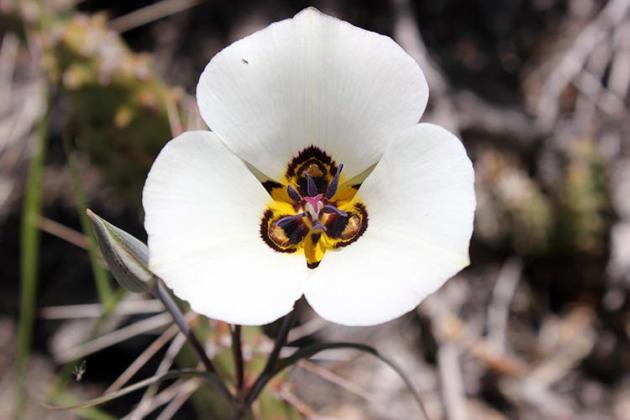
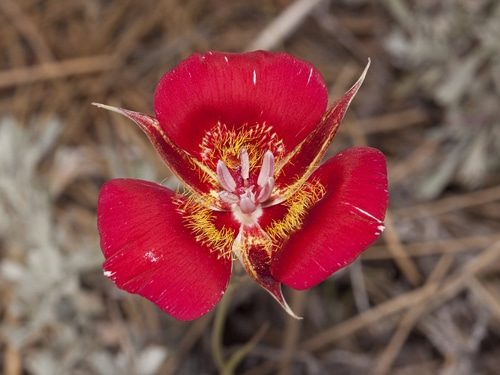
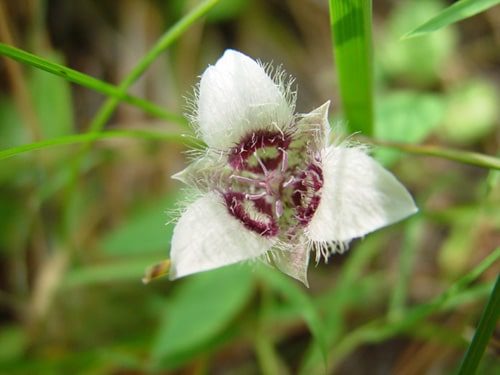
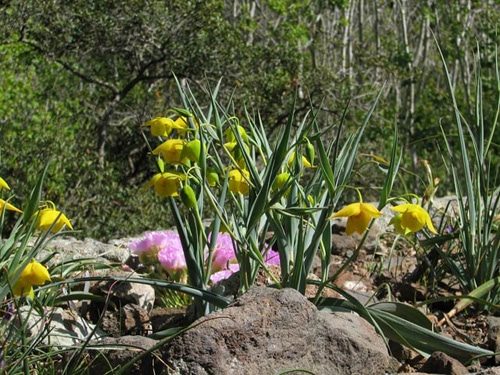
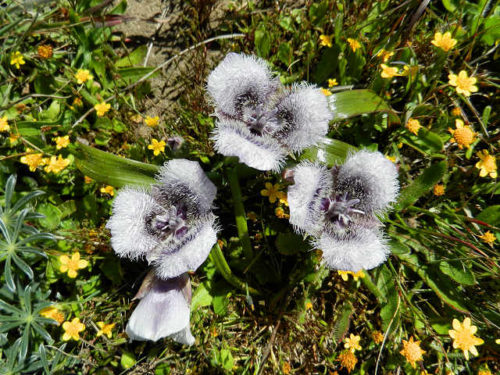
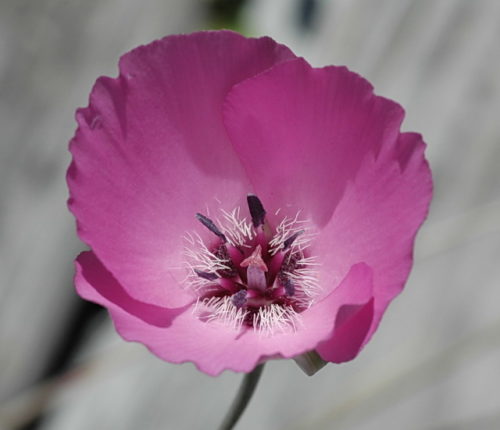
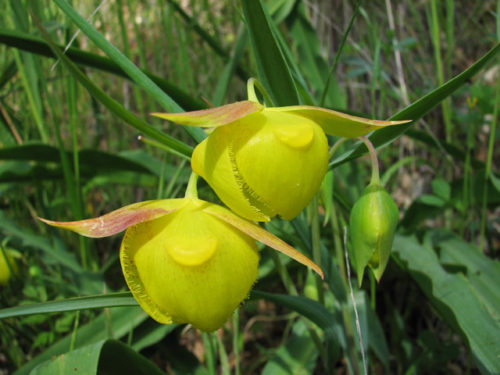
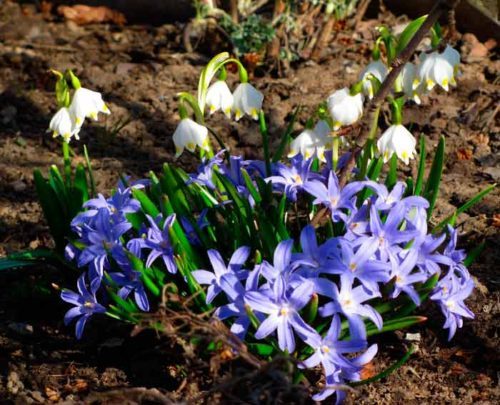
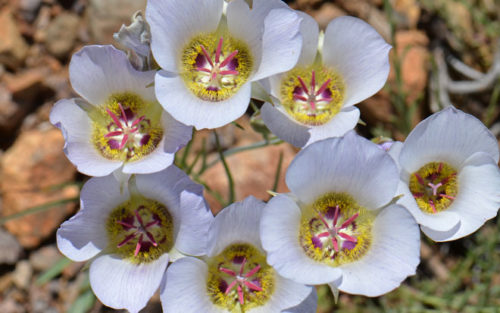
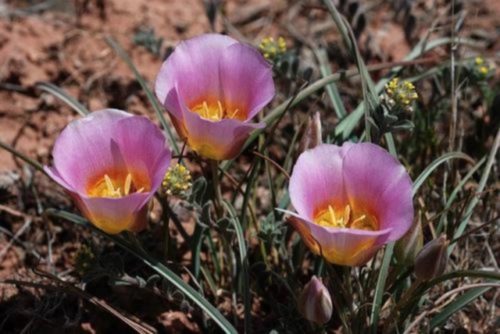
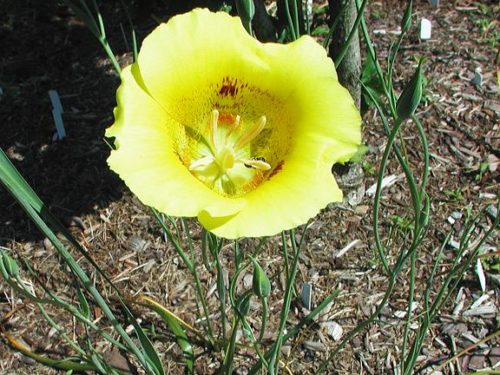
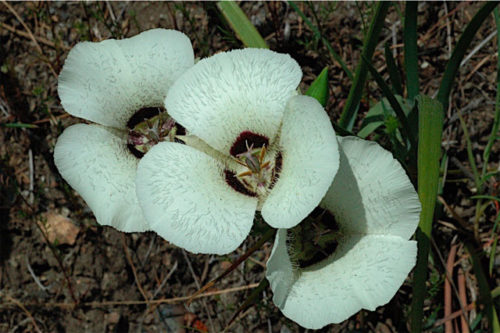
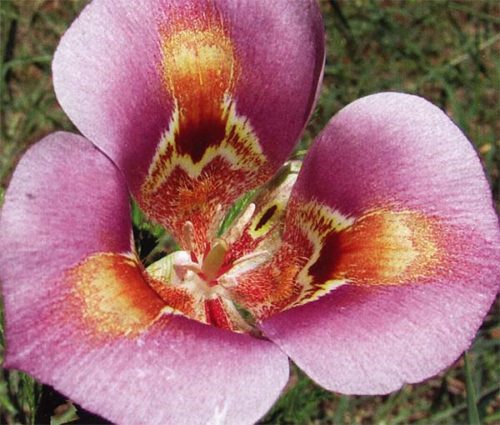












 Start a discussion ...
Start a discussion ...